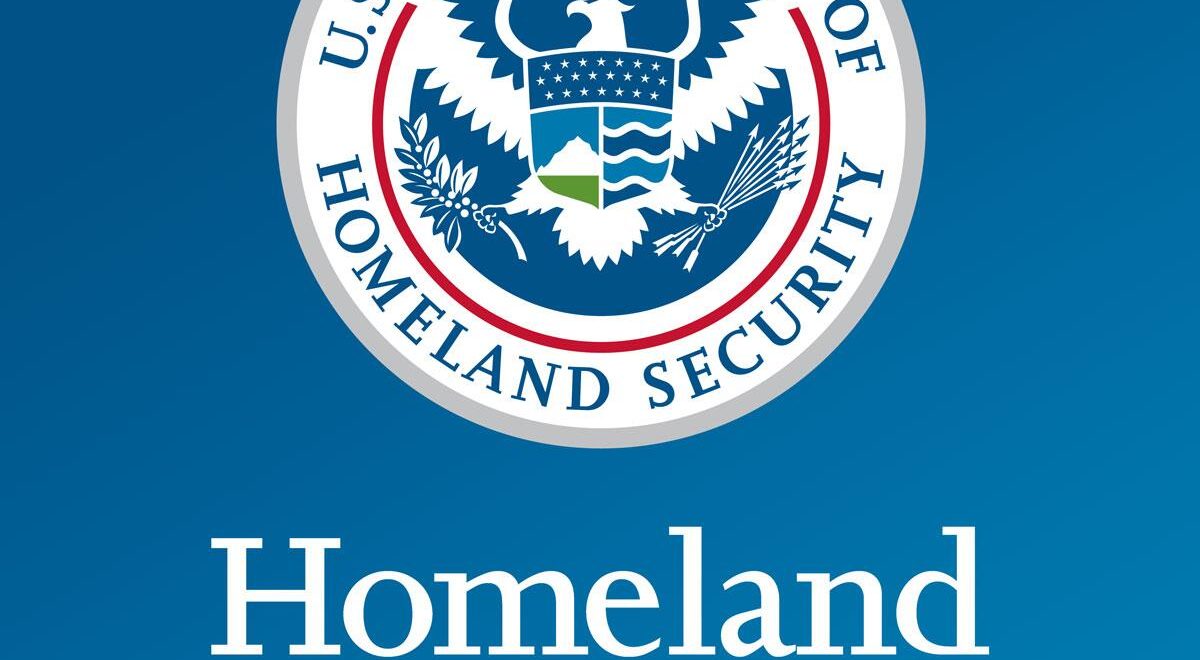“Imagine you are an officer en route to a critical call for service. You look down for a moment at your mobile data terminal for an important message from dispatch, and immediately return your focus on the road. In that split second, a civilian motorist crosses into your travel lane and forces you to react.”
Jim Grove, Department of Homeland Security (DHS) Science and Technology Directorate (S&T) portfolio manager supporting the Federal Law Enforcement Training Centers, effectively captures a challenge that law enforcement officers face every time they are in their vehicles: balancing the need for critical data with the urgency of arriving safely at the incident.
According to the National Institute for Occupational Safety and Health (NIOSH), between 2005 and 2017, nearly 40% of police officer line-of-duty deaths were the result of crashes. Officer distraction is often viewed as an inherent risk of the occupation, as various technologies are engineered into patrol vehicles and become essential operational tools. In addition to mobile radios, most vehicles are now equipped with navigation equipment, cell phones, cameras, speed detection, license plate readers, display monitors and a variety of laptops. However, these same tools that are designed to provide enhanced situational awareness can instead compromise an officer’s safety, as well as the communities they serve.
For all of their benefits, modern communications and information sharing systems have never been well-suited for single occupant vehicle operations, as they sometimes require the use of both hands and divert the driver’s attention off the road. To put this in perspective, it has been estimated that taking your eyes off the road for an average of five seconds is like covering the length of a football field while driving 55 mph blindfolded. Even a 20% reduction in preventable accidents would represent a large impact on the nearly $35 billion annual costs for injuries, vehicle repairs and replacement and liability claims.
S&T is engaging in a new initiative to assess and analyze the risks and problems associated with preventable law enforcement distracted driving events. In coming months, the Advanced Decision Support for Public Safety—Preventable Law Enforcement Distracted Driving project will engage supervisors and patrol officers across the United States and Canada in web-based solution-oriented discussions.“
I applaud the effort by S&T to identify and mitigate the distractions presented to police officers as they patrol our communities,” said Albert Liebno, Jr., executive director of the Maryland Police and Correctional Training Commissions. “With over 35 years of driver training experience, I have grown concerned with the dangerous mix of new recruits with limited driving experience and the requirement to manage multiple police data sources, all with the expectation of safely controlling their patrol vehicle. I look forward to the progress of this project.”
S&T and the Johns Hopkins Applied Physics Laboratory have been working closely with a variety of stakeholders—including law enforcement, academia, local, state and federal government partners, and the private sector—to better understand the underlying causes of collisions involving first responders.“
Members of the Ottawa Police Service are pleased to help S&T obtain a better understanding of the risks and challenges associated with law enforcement driving from a science and technology perspective,” said Mark Ford, Ottawa Police Service Superintendent. “This international collaboration helps position officers and potential solution providers to systematically explore where we can make police vehicle operations safer for law enforcement and communities.”
Since July, the research team has met with participating U.S. law enforcement agencies in the Great Lakes Region, Harris County (Texas) and sheriff’s offices from across the state of Florida (in conjunction with the Florida Sheriffs Association), as well as agencies to our north in Canada. During these meetings, patrol officers and leaders shared experiences and perspectives on the risks and causes of collisions, actions that agencies have taken to reduce them and the need for changing how data and critical response information is provided by dispatchers and technology manufacturers.
S&T has also begun to engage with the private sector to discuss solutions (e.g., communications and situational awareness tools, data and information sharing technologies, algorithms, analytics, and more) that could readily integrate into existing infrastructure and personal protective equipment with limited or no interference.
All data gathered from these initial discussions will help S&T to identify recommended policies and procedures, as well as assess technology and non-technology approaches that will be developed under this project.
“Based on the information and input received in these early stages of the project, in coming months, first responders, technologists and innovators will all have opportunities to present low-cost, easily-implemented ideas and solutions for consideration and evaluation by law enforcement,” said Grove.

